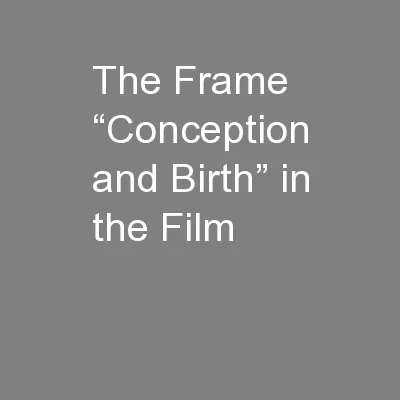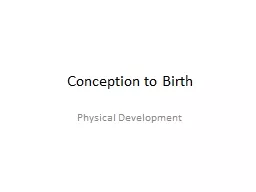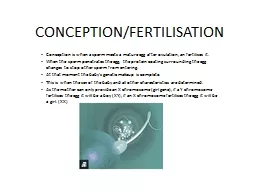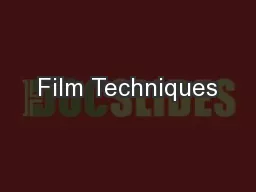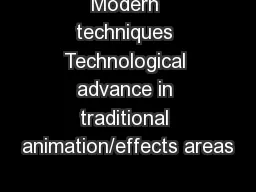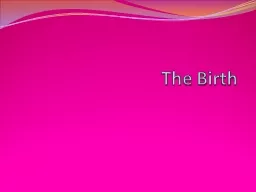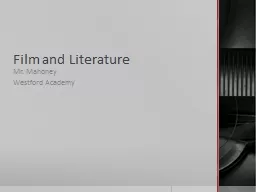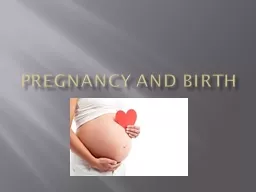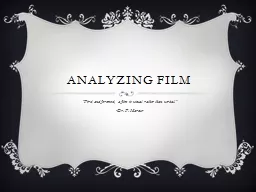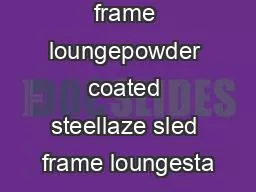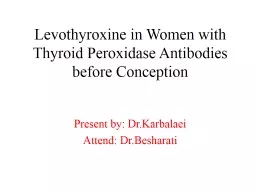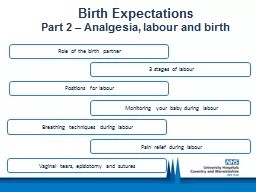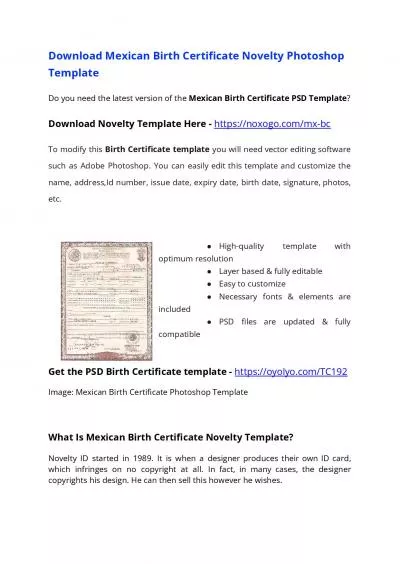PPT-The Frame “Conception and Birth” in the Film
Author : karlyn-bohler | Published Date : 2016-05-25
Gattaca Connecting Frame Semantics with Multimodal Discourse Analysis Martin Siefkes Technical University of Chemnitz Overview Frames in discourse Filmic discourse
Presentation Embed Code
Download Presentation
Download Presentation The PPT/PDF document "The Frame “Conception and Birth” in ..." is the property of its rightful owner. Permission is granted to download and print the materials on this website for personal, non-commercial use only, and to display it on your personal computer provided you do not modify the materials and that you retain all copyright notices contained in the materials. By downloading content from our website, you accept the terms of this agreement.
The Frame “Conception and Birth” in the Film: Transcript
Download Rules Of Document
"The Frame “Conception and Birth” in the Film"The content belongs to its owner. You may download and print it for personal use, without modification, and keep all copyright notices. By downloading, you agree to these terms.
Related Documents

